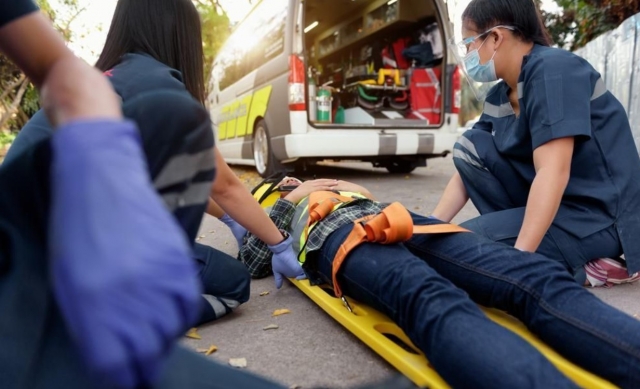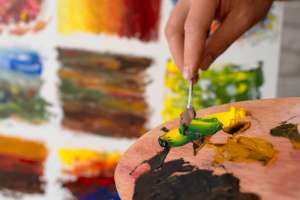Theory and textbook knowledge lay the foundation for understanding life-saving principles. But if you want to master the chaos and unpredictability of real-world emergencies, traditional teaching alone isn't enough. This is where casualty simulation kits and training take centre stage, bridging the gap between theoretical learning and hands-on expertise. This training recreates high-pressure scenarios in a controlled, realistic environment. It sharpens critical thinking, improves decision-making, and builds confidence in a way no lecture ever could.
If you and your team are involved in emergency response training, a realistic casualty simulation kit is essential to take your training to the next level. It provides an authentic experience that helps you practice your skills in situations that closely mimic real-life emergencies. The lifelike appearance and feel of these kits create an environment where trainees can better hone their ability to assess, react, and treat various types of injuries.
These tools provide hands-on experience with realistic wounds, blood, and injuries. This helps trainees develop the muscle memory and emotional resilience needed for high-pressure situations. Read on to explore how this immersive approach elevates emergency preparedness and equips professionals to respond with precision and poise when it matters most.
Benefits of Casualty Simulation Training
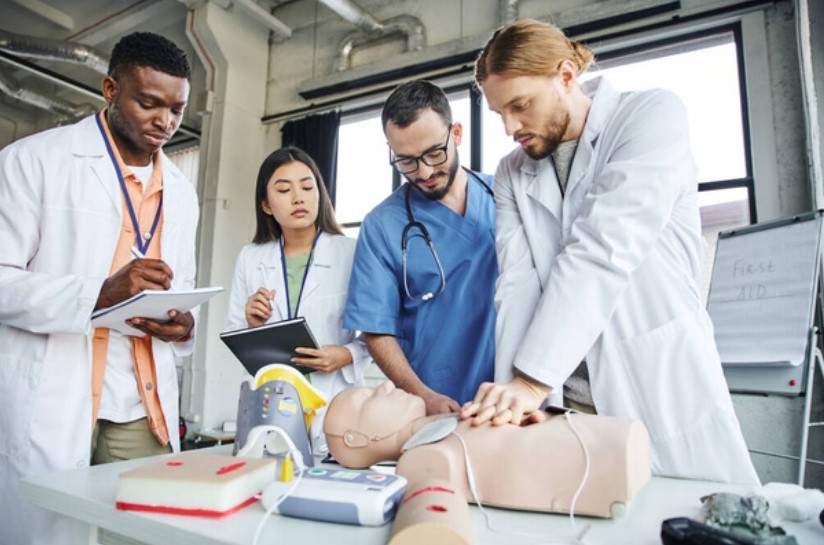
Risk-Free Learning Environment
One of the most significant advantages of using casualty simulation or moulage kits is how they offer a completely safe space for learning and practicing essential skills. Unlike real-life scenarios where even a minor error could have serious consequences, simulation creates an environment where students can experiment freely. This encourages them to try, to make mistakes, and, most importantly, to learn from them without fear of causing harm. There's no reprimanding or real-world repercussions - just an opportunity to improve with every attempt.
This freedom to explore is invaluable. When learners feel comfortable and unpressured, they absorb knowledge and refine their skills more effectively. It's one thing to learn the theory, but putting it into practice in a low-stakes setting is what truly builds confidence. And the beauty of simulation training is that it removes the ethical and emotional challenges that come with practicing on real patients. No one is at risk, no one feels uncomfortable being treated by someone just starting, and no lives are jeopardised by a mistake made during training.
Improved Teamwork
In real-life medical scenarios, no one works in isolation. Saving lives requires a collaborative effort from an entire team, where every individual plays a vital role in making critical decisions and delivering top-notch care. Casualty simulation offers a unique opportunity to develop the skills that allow professionals to work seamlessly together under pressure.
Training with a casualty simulation kit hones technical abilities like decision-making and quick thinking. It also emphasizes essential soft skills such as communication, collaboration, and leadership. It teaches individuals how to coordinate efforts, delegate tasks, and adapt to dynamic situations - all while keeping the collective goal in focus. These exercises also foster a sense of unity and trust within the team, laying the groundwork for efficient teamwork in real-life high-stakes situations. The truth is, being placed in the same room doesn't automatically make a group of people function well as a team.
Enhanced Confidence and Better Patient Care
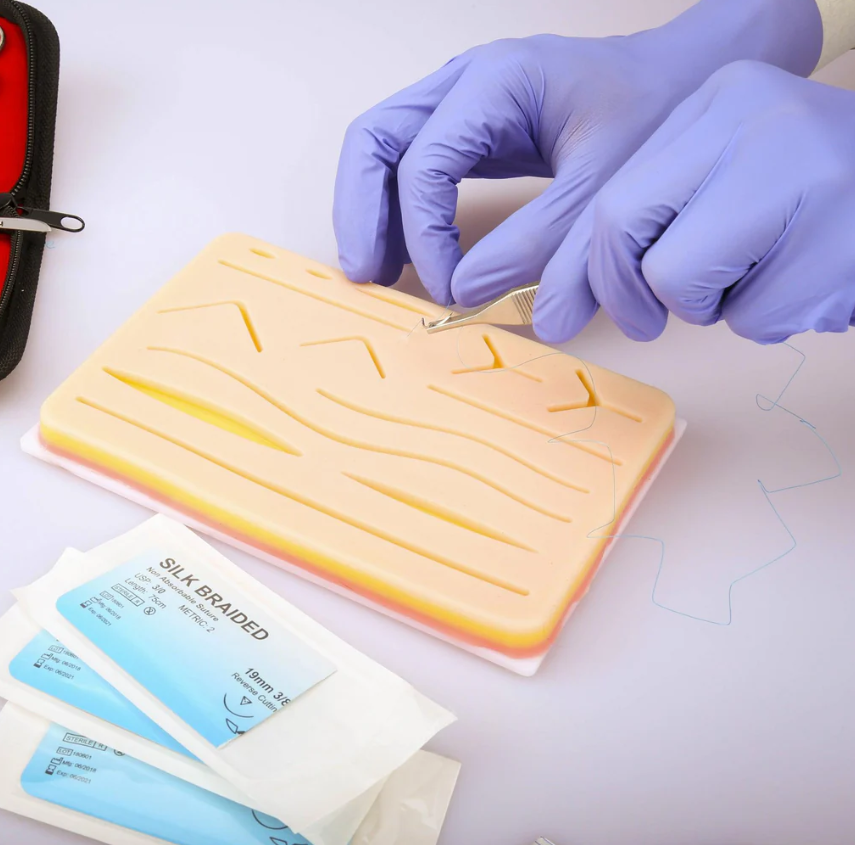
Medical moulage kits offer a bridge between classroom learning and real-world application. This creates an environment where individuals can practice and refine their skills until they feel prepared to step into their professional roles. This kind of preparation goes a long way in instilling confidence. And confidence is closely tied to competence.
When professionals are confident, they're better equipped to handle high-pressure situations, whether it's navigating complex patient interactions, making tough decisions, or responding to unforeseen challenges. Confidence helps them rely on their training and judgment, allowing them to act decisively and effectively.
This translates into a higher standard of care for patients. A confident healthcare professional is more adept at delivering quality treatment and better at communicating with patients and their families, putting them at ease even in difficult moments. This autonomy and assurance empower professionals to operate with precision and empathy, ensuring that every patient receives the best possible care.
Immediate Feedback
Through the use of lifelike casualty simulation kits, the training process becomes a powerful learning experience. This kind of setup doesn't just benefit instructors, who can assess a student's performance as it unfolds. It also gives students the chance to self-evaluate. They can see how their decisions and actions directly affect the simulated patient and adjust their approach on the spot.
This level of interactivity is what makes simulation training so impactful. Unlike traditional methods, which often lack this dynamic feedback loop, this type of training creates an environment where learners can refine their skills in real-time. It bridges the gap between theoretical knowledge and hands-on application.
Preparation for Real-World Scenarios
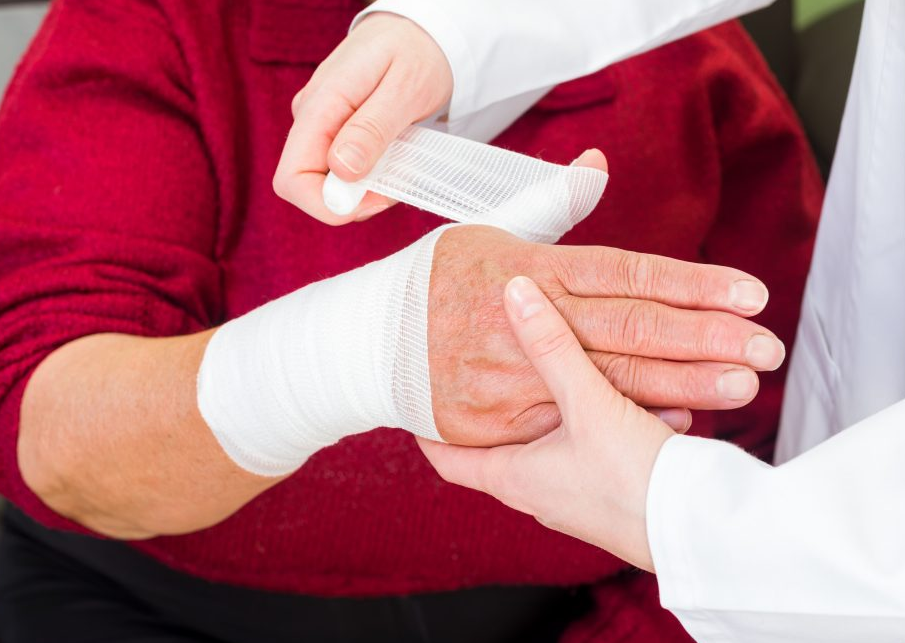
Casualty simulation kits help you prepare for what you'll encounter in real clinical settings. While the simulated environment is designed to be supportive, it can also mimic the unpredictable and sometimes chaotic nature of a real healthcare scenario. For example, high-fidelity simulations can include distractions like unexpected noises, unpleasant odours, or other small interruptions that mirror the challenges professionals face in busy hospitals or emergencies.
These real-world-like scenarios help trainees adapt to performing critical tasks under pressure. By experiencing these distractions early in their training, they learn how to stay focused and make quick, accurate decisions despite the chaos around them. This exposure not only enhances their ability to think on their feet but also reduces the likelihood of errors when they transition to real-world settings.
What is a Moulage Kit Composed Of?

Moulage kits contain various parts designed to create realistic training scenarios. Here's a breakdown of what you can expect:
- Simulated wounds: These kits include a variety of artificial wounds, such as lacerations, abrasions, and ulcers, some with embedded objects, to mimic real-life injuries;
- Makeup and accessories: To enhance realism, the kits come with makeup and accessories that help in creating lifelike casualty simulations;
- Adhesives and fixatives: The kits often include skin-safe adhesives and fixatives, which ensure that simulated wounds or prosthetics stay securely in place during training exercises, even in dynamic scenarios;
- Simulated blood and bodily fluids: Liquids that replicate blood and other fluids, used to make scenarios more lifelike and to train on proper hygiene and contamination procedures;
- Trauma limbs and body parts: Replicas of injured limbs or body parts that can be used to simulate amputations or severe trauma, providing hands-on experience in managing such injuries.
